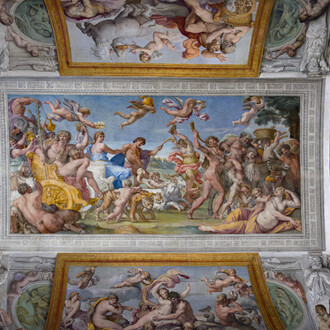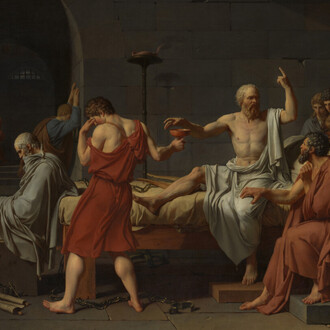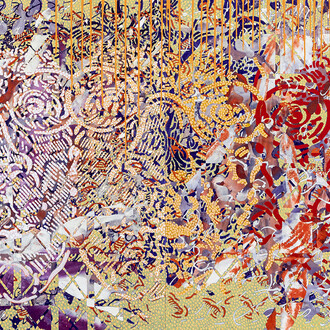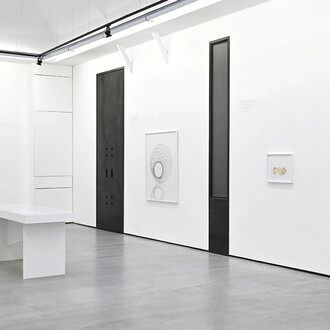The Musée du Louvre and the State Hermitage Museum in Saint Petersburg are joining forces for an outstanding exhibition based on the collection built up by Marquis Campana mostly between the 1830s and the 1850s. For the first time since its dispersion in 1861, the exhibition will provide a comprehensive overview of the 19th century’s largest private collection. With over 12,000 archaeological objects, paintings, sculptures, and objets d’art, and comprising both ancient and modern artefacts, it was a rich, diverse collection of the highest quality. The exhibition will showcase over 500 works, including such masterpieces as the Sarcophagus of the Spouses and Paolo Uccello’s Battle of San Romano. It presents the romantic figure of Giampietro Campana, his passion for collecting, and how he brought together this extraordinary collection by way of excavations, the antique and art market, the network of collectors between Rome, Naples and Florence, and his links with scientific institutions. The Marquis Campana aimed to represent Italy’s cultural heritage, both ancient and modern ; as such, the collection was a founding moment in the affirmation of Italian culture during the Risorgimento – the emergence of the Italian nation in the 19th century.
After a high-profile trial in which Campana was convicted of embezzlement in 1857, the collection was seized and sold by the Papal States. The sensation sparked by its subsequent dispersal throughout Europe was testament to its importance in the Italian and European cultural consciousness. A significant part of the Campana Collection was purchased in 1861 by Tsar Alexander II, enriching the collections of the State Hermitage Museum. The rest of the collection – over 10,000 works – was purchased by Napoleon III and shared between the Musée du Louvre and various regional museums. Over time the collection has proved to be a source of inspiration for European artists and artisans, particularly in gold and silversmithing.
Jean-Luc Martinez, president and director of the Musée du Louvre, specifies: “the Campana exhibition will go to Saint-Petersburg this summer after a passage in Rome. The Louvre and the Hermitage inaugurate, with this exhibition, a series of major partnerships. I would like to comment the generosity of the Hermitage museum in its loans today, renewed for the future exhibition “Léonard de Vinci” in the Louvre in the autumn of 2019 as well as for the one on Uzbekistan, “Civilizations and Cultures of Silk routes”, which will be presented at the Musée du Louvre from October, 2021 to January, 2022, then at the Hermitage”.
















